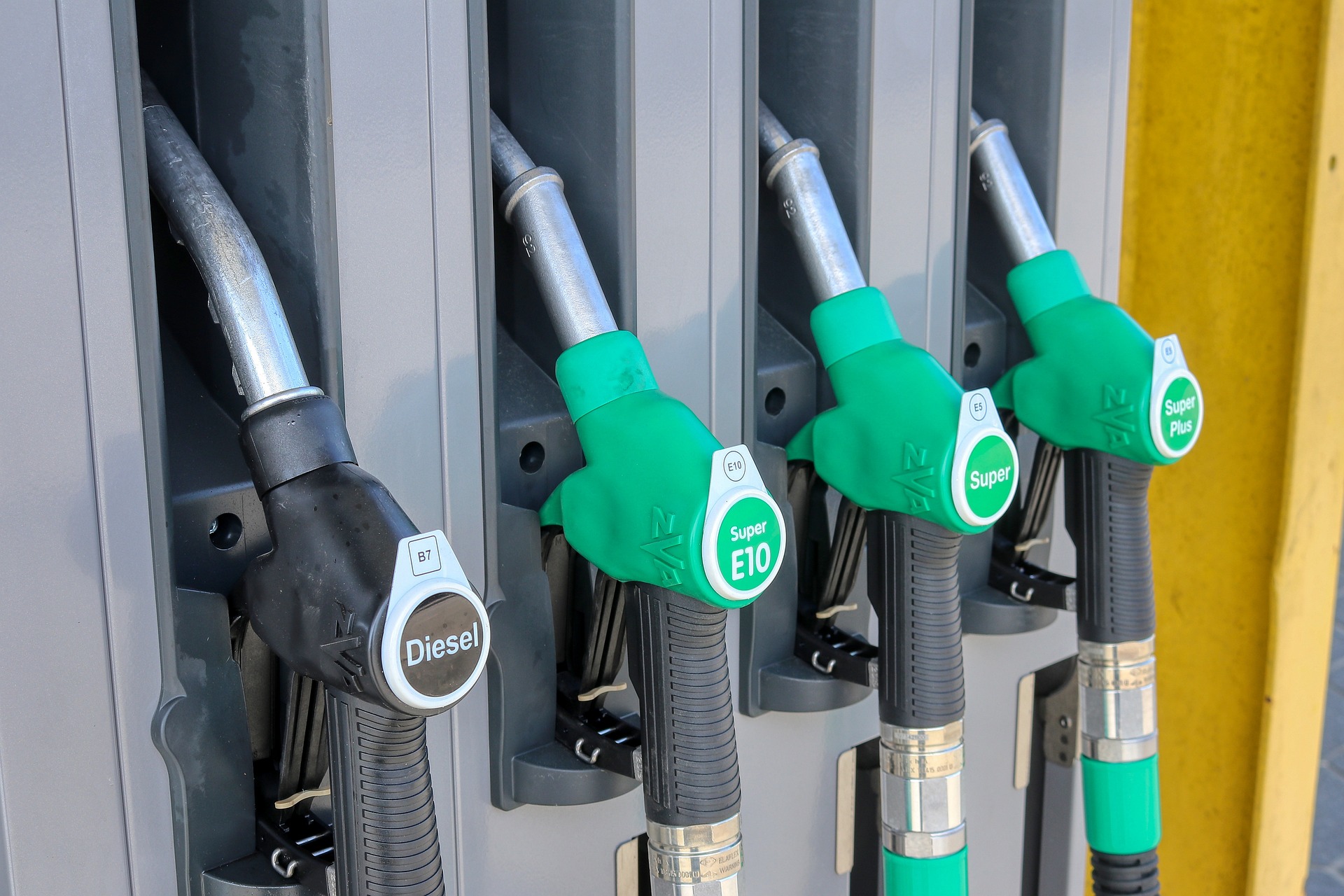Diesel Engines: How Does It Work?

The basic working principle of diesel engines is compression ignition. The heat generated from compression ignites the diesel. Through, the combustion chamber receives fuel via injection. Diesel fuel’s chemical energy is transformed into mechanical energy throughout this four-stroke combustion cycle. The mechanical power then moves the pistons inside the cylinder. This motion causes the crankshafts to move up and down, creating a rotary motion.
Internal Combustion
Fuel combustion in a diesel engine generates a wide range of pollutants. Some of these aerosols can penetrate the human respiratory system. Fuels that are not high in sulfur or lead are better suited for diesel engines. Sulfur oxides are common in many fuels, and they promote acid rain. Nitrogen oxides are also in large quantities and can harm plant and animal health.
Unlike gasoline engines, the combustion process in diesel engines is heterogeneous. The fuel must mix with air rapidly to promote combustion. This requires precise control of fuel injection. The injection must begin at the correct position on the piston. The fuel burns continuously when the piston is close to the top dead center. The combustion process continues as the piston moves away from the top dead center.
Direct Fuel Injection
Direct fuel injection in diesel engines is one of the best ways to improve engine performance. The direct injection works by forcing a precisely measured amount of fuel into cylinders, ensuring that the mixture burns at the right temperature. Direct injection systems are more complex than other methods and typically include high-pressure fuel pumps and heavy-duty injectors. These extra components are not without their drawbacks.
Historically, cars used carburetors to provide fuel for combustion, but today almost all diesel engines use direct fuel injection. This technology squirts high-pressure fuel directly into the cylinders during the compression stroke. This allows the fuel to ignite and control combustion and produces higher-end torque.
Compression Ratio
Diesel engines’ compression ratio typically falls between 16 and 20, with some engines having higher compression ratios. The efficiency of the engine increases with the compression ratio. Unlike gasoline engines, which light up using a spark plug, fuel, and air, a diesel engine ignites the fuel and air by the heat created during compression. A diesel engine’s compression ratio depends on the engine type, and the lower compression limit will vary from engine to engine.
Compression ratios are critical to determining the best engine performance for a particular load and speed range. Changing the compression ratio allows engines to be downsized while maintaining the same power output. Additionally, lower compression ratios enable engines to run at higher specific loads, which reduces fuel consumption. In some cases, a reduction in displacement from 2.0 l to 1.6 l can result in up to a 9 percent reduction in fuel consumption. However, it is essential to remember that a decrease in compression ratio can also reduce compression temperatures and lead to poor cycle stability in cold post-start idling conditions.
Combustion Cycle
Combustion in diesel engines is a complex process that releases chemical energy from fuel. To make this possible, oxygen must be provided in a certain way and made available to the fuel. This process is known as mixture preparation. Only a tiny portion of the fuel is injected into the cylinder during this stage. This phase of the combustion process is crucial.
The process begins with the introduction of diesel fuel into the cylinder. This fuel is injected at a high velocity through the tip of an injector. As the fuel is injected into the cylinder, it burns, causing heat to build up in the combustion chamber. This heat forces the piston downward and the crankshaft to rotate. Then, the exhaust valve opens, allowing the burned gases to exit the engine through the exhaust pipe. After this process, the cylinder is ready to receive a fresh air charge.
Efficiency
The U.S. EPA and NHTSA assessed new regulations for heavy-duty diesel engines. While these agencies have the authority to regulate diesel engine performance, they must consider the costs and lead time associated with adopting these standards. It could take 10-15 years to introduce such a new regulation in a given industry.
Diesel fuel is 18% to 30% more energy dense than gasoline, meaning that a single gallon of diesel will produce more energy than the same amount of gasoline. It is also cheaper to refine and less volatile, making it easier to transport. A diesel engine also has high compression, resulting in a much higher energy density.
Turbochargers
To understand how turbochargers work in a diesel engine, it is necessary to understand the function of the turbocharger. The turbocharger is a centrifugal compressor driven by an exhaust gas turbine, and its performance is critical for many engine parameters, including fuel economy, power, emissions, and more.
The turbocharger’s primary purpose is to increase engine horsepower. It also increases thermal efficiency, which means more energy is extracted from the fuel. This results in a more efficient engine and lowers fuel costs. Furthermore, diesel is 33% more fuel-efficient than gasoline, and turbochargers improve that efficiency even further. In addition, turbochargers improve the altitude-compensation capabilities of the engine.